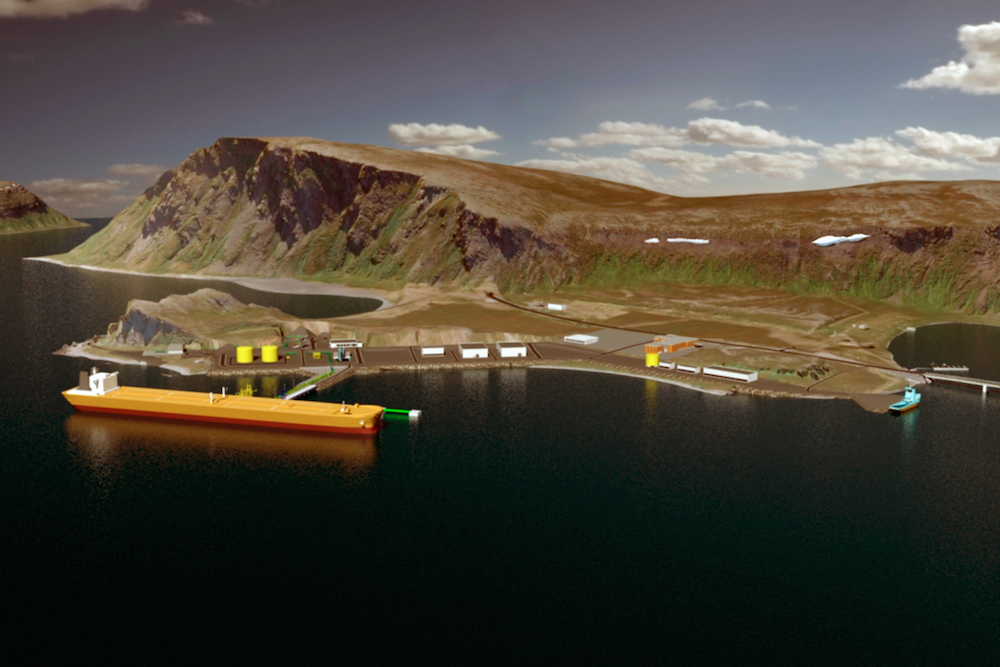Norway’s government postpones a Barents oil terminal decision until 2019
Norway's legislature will have to wait until next year to hear whether the prospect of growing oil activity in the Barents Sea makes the idea of an onshore terminal worth reconsidering.

The Norwegian government will not — as legislators had instructed it to — be issuing a decision this year about whether it is commercially viable to build an oil terminal on the country’s Barents Sea coast.
The order to look into whether it was preferable to build a terminal at Veidnes came in connection with the final approval this June of plans to develop the Johan Castberg Field.
Equinor, a state-controlled oil firm, expects the field to come on-line in 2022. Currently, it plans to transfer oil directly from the drilling platform to export tankers that will ship the oil to market. The company calculates that this is the least-expensive option.
[The latest Norway oil find is another drop in Barents barrel]
However, it had initially proposed plans to build a pipeline that would pump oil to an onshore terminal where it would be stored before being loaded to tankers. Equinor changed those plans after estimates of the size of the find were reduced and in the face of a fall in oil prices that began in 2014.
However, with three other fields in the vicinity likely to eventually enter into production, and with others expected to follow, lawmakers say they would like to hear whether options closer to shore — and the jobs they would create — make sense.
A pipeline is no longer being considered. And while an onshore facility is one of the options the Storting would like the government to look into, it would likely have no storage capacity. Instead, shuttle tankers would sail oil to the terminal and transfer it directly to export tankers.
Another option would be for shuttle tankers to transfer oil to export tankers while still at sea. In neighboring Russia, for example, shallow waters and ice conditions at many ports makes it more economical in many cases to ship oil by shuttle tankers to waters which export tankers can more easily navigate.
Navigation issues are not the only consideration, however.
Few Norwegian fields use a pipeline to transport oil to shore — in part because doing so is regulated by Norwegian laws. Transport by ship, on the other hand — even if it takes place in coastal waters or at an onshore facility — is not subject to the same laws.